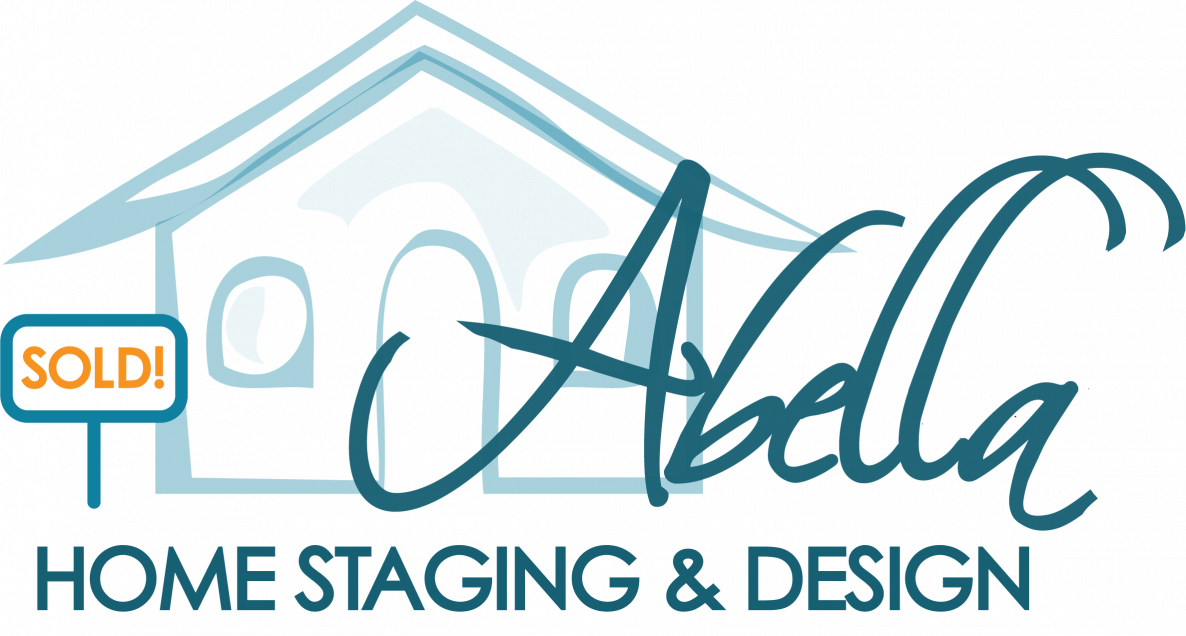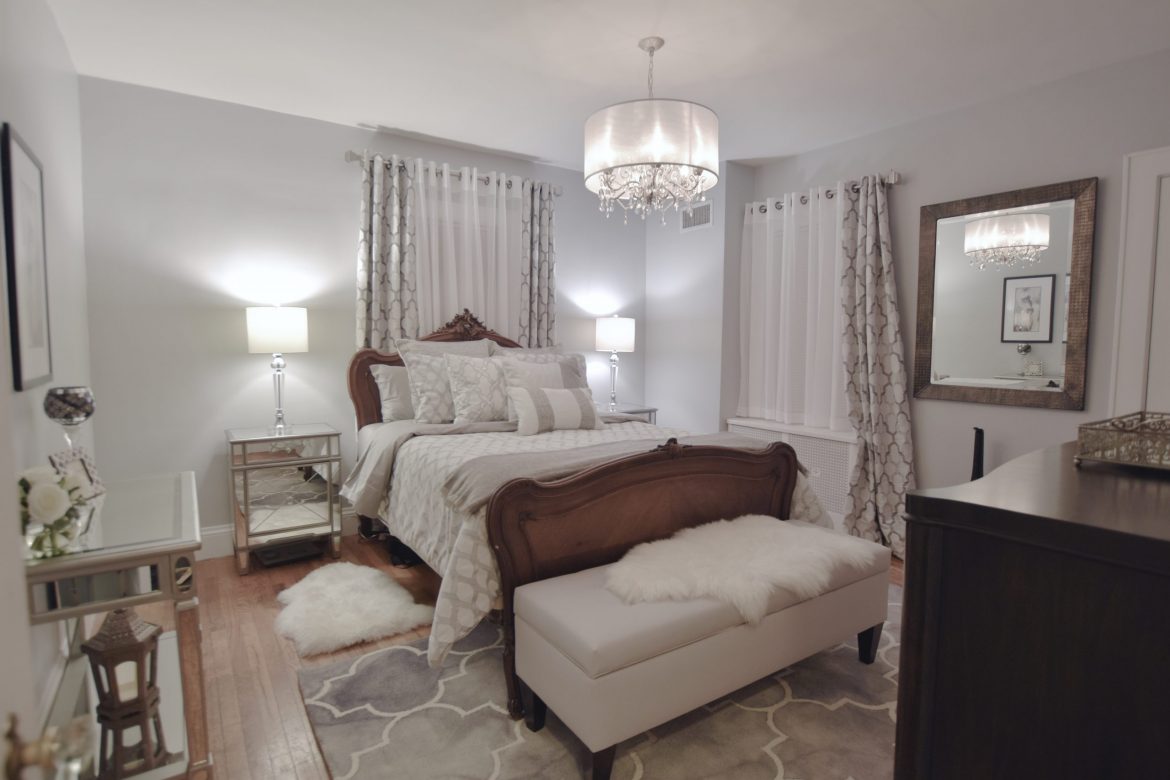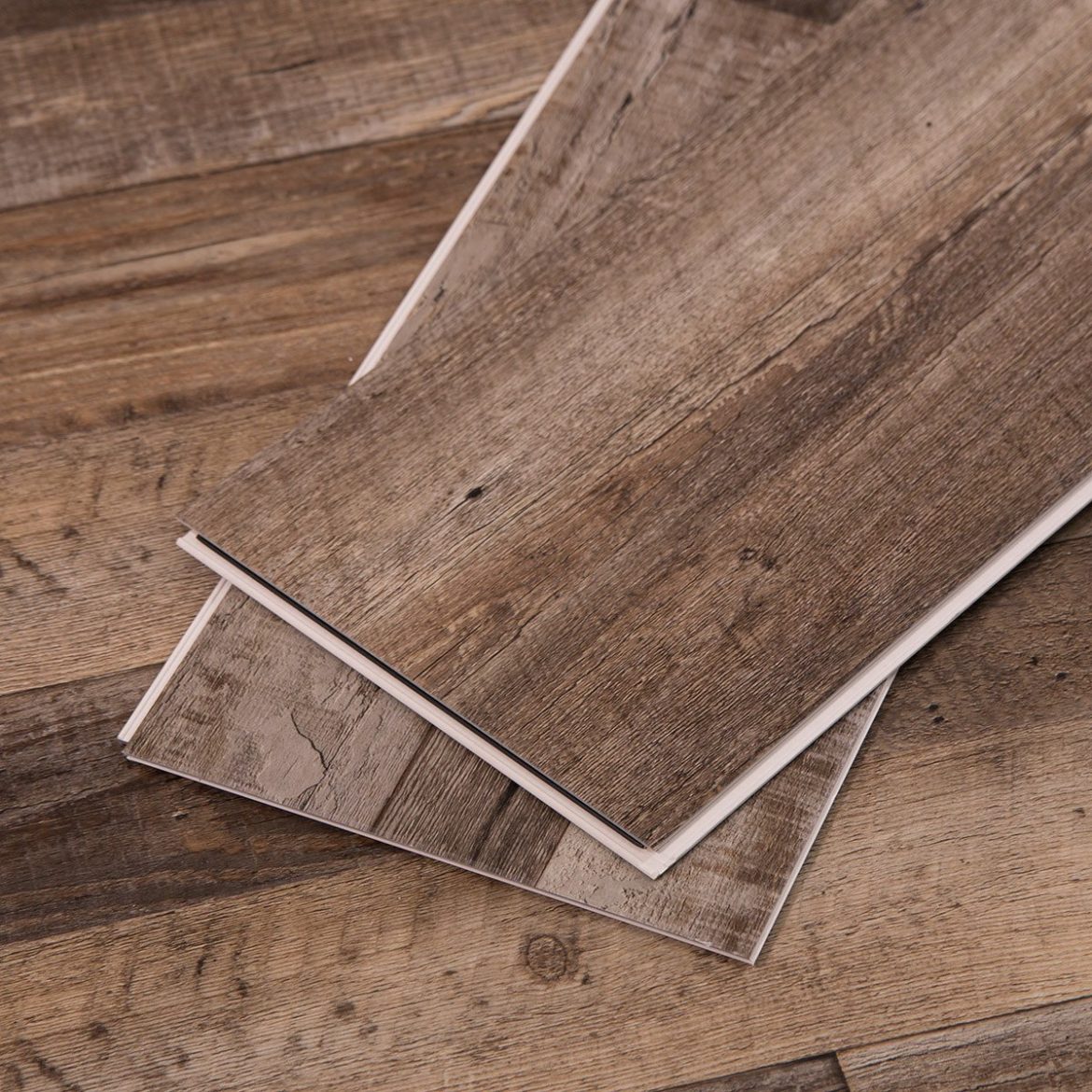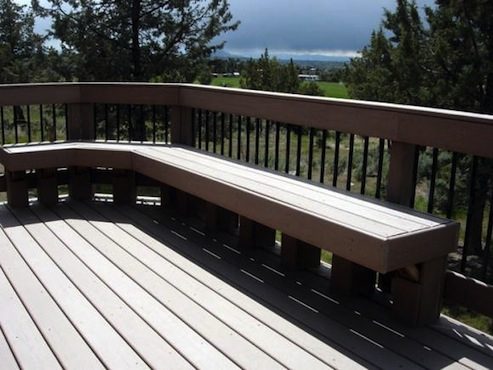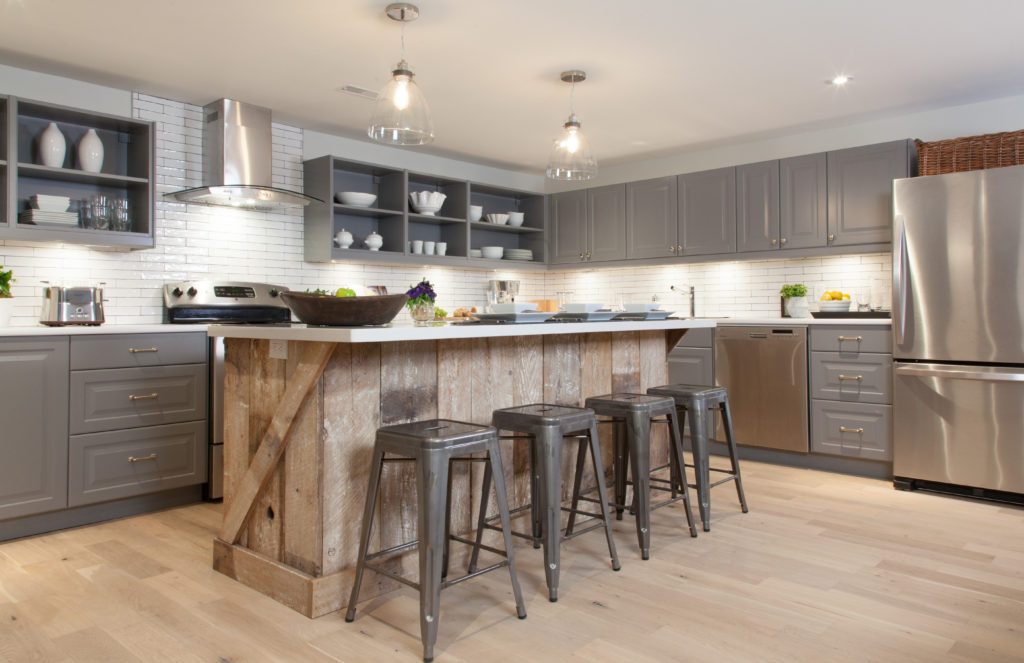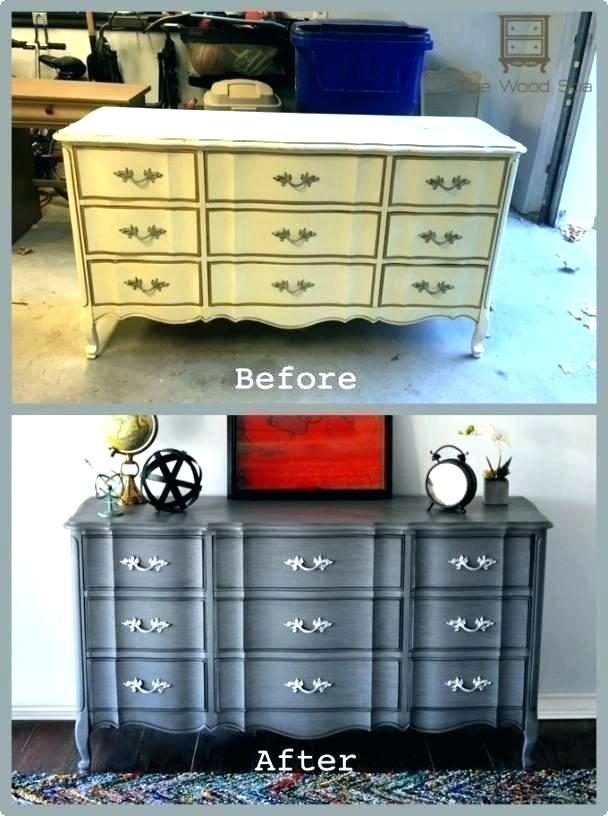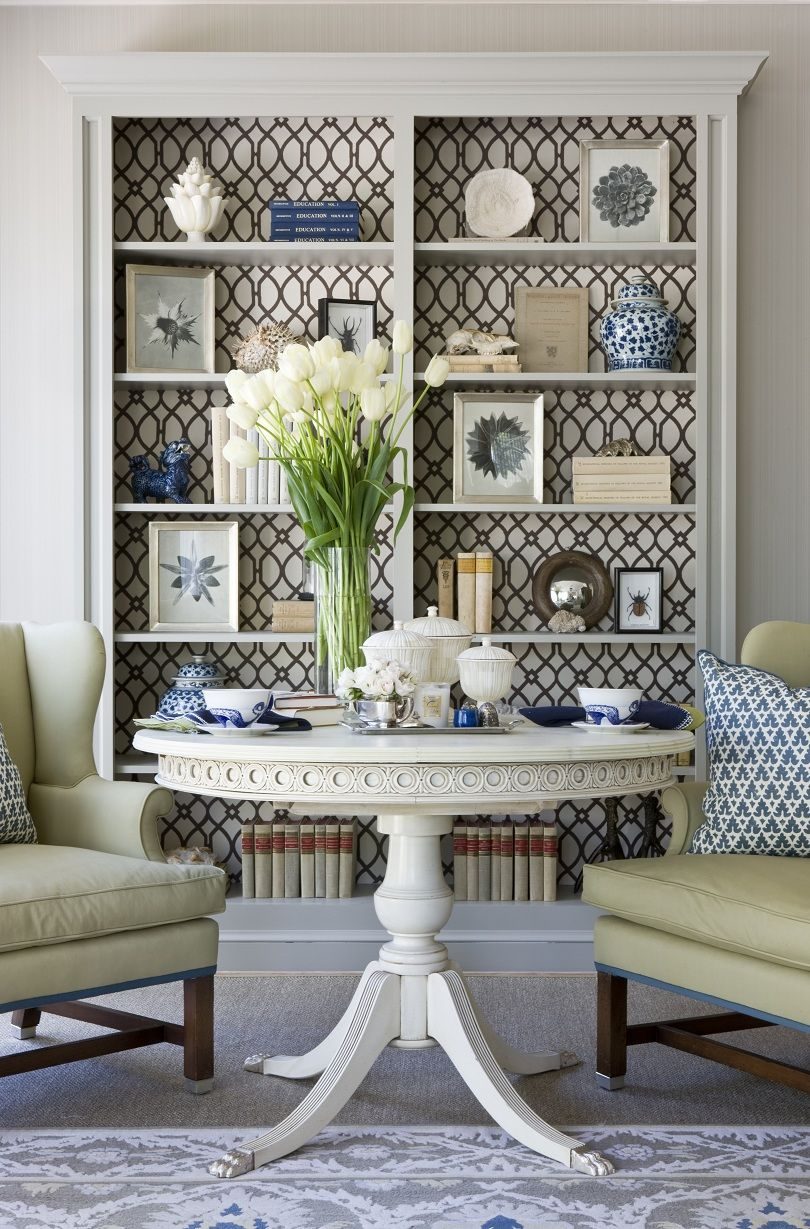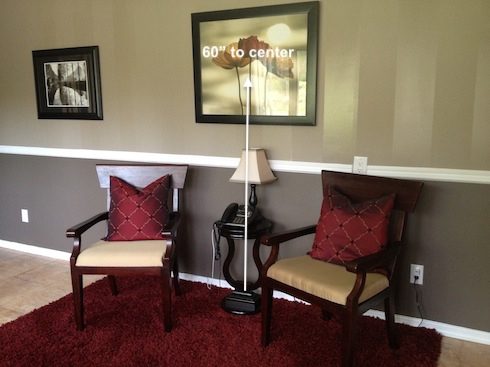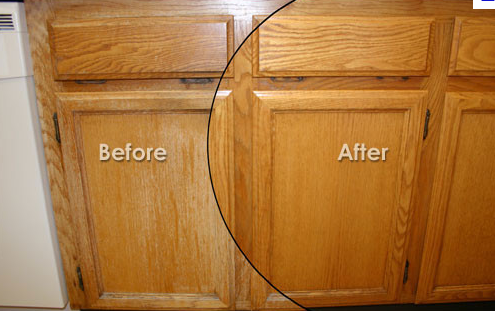Master bedroom a huge selling point
Master Bedroom, A Huge Selling Point
A master bedroom is a huge selling point. Many buyers want a 5-star quality master bedroom when purchasing a home. That is why it’s so important to update your bedroom, along with your kitchen and bathrooms. It isn’t challenging to achieve a high-end look. Sometimes they are a simple solution that has excellent outcomes. Here are some easy steps to making the bedroom of your dreams.
Imperfection – Don’t try to fight it, instead embrace it and work around it. In this bedroom, the window did not allow curtains to be hung on one side. Instead, use a shorter curtain and frame one side of the window. It works well.


Fabric – Use fabric that can withstand stains. When selling your home, try not to use bold colors, jarring patterns, or lacy fabric. If you’re using a pattern, make sure you repeat it and keep it simple.



